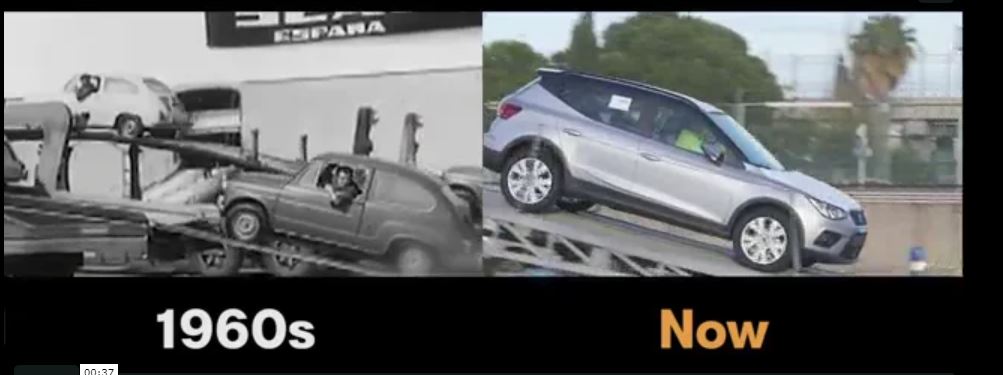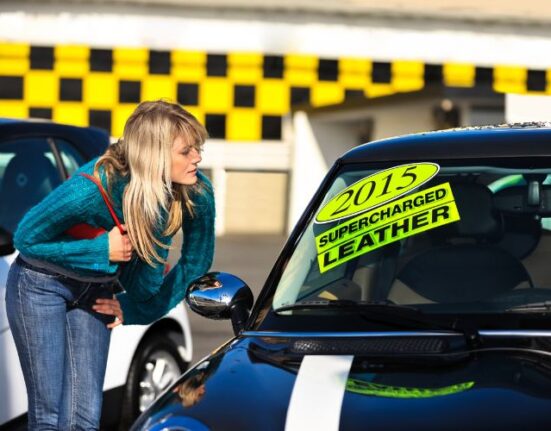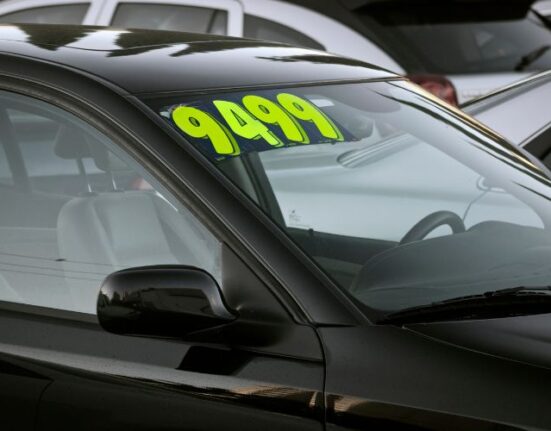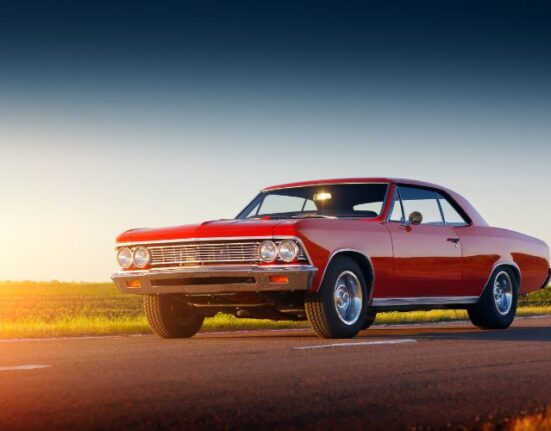The 397,835 vehicles that SEAT exported in 2019 from its plant in Martorell, placed vertically, would create a column stretching around 577 kilometres in height, enough to go beyond the exosphere and into outer space. This export volume represents a record in the Spanish brand’s 55 years of international sales, a journey that can be summed up with six curious facts.
First stop, Colombia: 150 units of the SEAT 600 D – this was the first export made by the Spanish company, specifically in 1965, and its destination was Colombia. In the following years, international sales grew rapidly, sending vehicles to such diverse destinations as Germany, Finland, and Chile.
GDP on wheels: Last year alone, SEAT exported almost 400,000 units (between cars made by the Spanish brand and Audi) from the Martorell factory. Not only does such a significant volume have an impact on the company, but on the entire Spanish economy. The value of SEAT’s exports is estimated at 3% of the country’s total.
From Curaçao to New Zealand: The brand is present in 80 countries, the furthest one being New Zealand. But distance is not the biggest logistical challenge. It is sending cars to low-volume markets such as Curaçao, the Dominican Republic and French Guiana. In some cases, SEAT’s logistics experts draw on the synergies of the Volkswagen Group to complete shipments and make them cost-effective even if only a few units are involved. In terms of volume, Germany is the largest international market, followed by the United Kingdom, France, Italy and Mexico.
By land, sea and air: In order to deliver this volume of cars, it is essential to use all possible land, sea and rail routes. In the case of SEAT, last year 44% of exports were made by ship, 6% by train and the rest by road. The company’s global expansion has boosted shipments by sea. For example, in 2008 the ship share was only 7%. It is curious to note that eight exhibition vehicles were delivered by plane to Chile, one of the new markets SEAT has entered.
A train just for SEAT: The railway also plays a key role in distribution from the Port of Barcelona, as SEAT has an exclusive railway line, the Autometro, that links the Martorell plant to the port infrastructure every day. This guarantees efficient and fast international deliveries.
Sailing on the high seas: The most frequent destination for ships sailing from Barcelona with SEAT models is the United Kingdom, with three ports: Sheerness, Grimsby and Tyne. Sea shipments have been made to this country with up to almost 3,000 vehicles leaving Barcelona.
In the case of exports to Mexico, vessels of up to 200 metres in length are used which can hold more than 7,600 cars. To get an idea of the volume involved, the weight of the vehicles that this type of ship can transport would be equivalent to carrying about 1,800 Asian elephants.

















